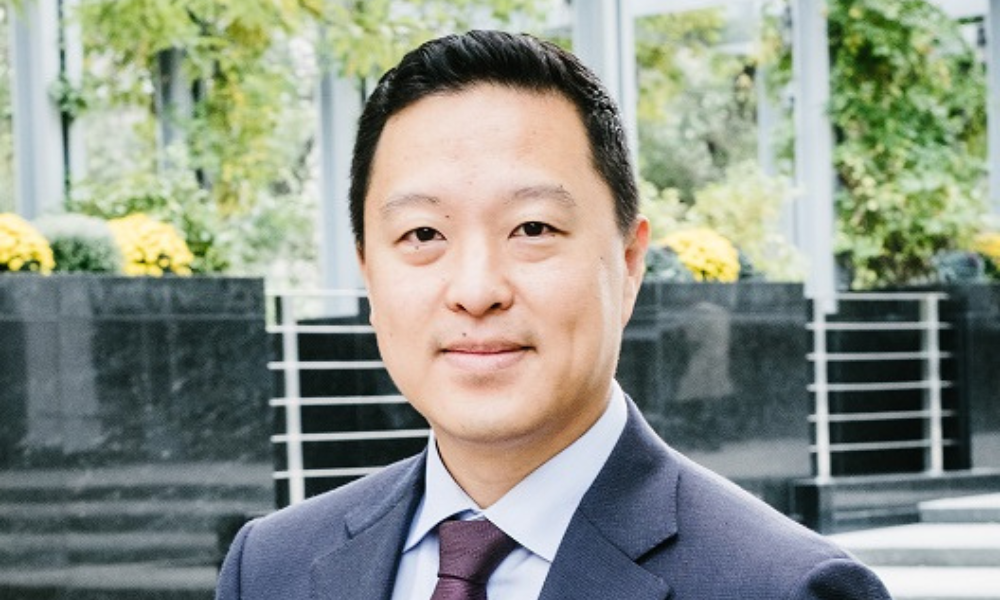Primary homes and investment properties face somewhat more challenging future, Gene Kim explains what he's saying and doing to prepare clients

Canadian real estate investors may be forgiven for thinking a little more fondly about the past. According to the Canadian Real Estate Association (CREA), the average home price in Canada across all categories and geographies rose from $372,700 in March of 2012 to $851,600 in March of 2022. Since 2022, and the normalization of the interest rate cycle, those prices have experienced a choppy fall down to $686,800. This has come with some more dramatic downturns in certain sectors and in certain styles of housing. It has also come with a slowdown in rent prices and higher resting interest rates which can seriously impact the viability of some investment properties as a source of cash flow.
While a national average of prices for a sector as geographically and style variated as real estate may be too general of an instrument, this national trend points to an issue that financial advisors now need to confront: their clients’ real estate holdings may not grow at the rates they did over the past decade. Gene Kim is engaging his clients on this topic now. The Portfolio Manager and Private Wealth Manager of the Summit Private Wealth group with Mandeville Private Client Inc., explained that despite these headwinds there is still a great degree of utility in real estate holdings. The key work for advisors, however, is in presenting these assets in the right context.
“We try to be conservative in our approach and account for worst case scenarios. So we're actually a bit more aggressive when projecting for variables like inflation,” Kim says. “On the real estate side, we’re quite conservative. We don’t project that housing will increase with the pace of inflation. We presume that there will be bad cycles. We haven't seen a bad cycle in real estate for probably 30 years, but now we're starting to maybe see the beginnings of it.”
Despite these market headwinds, Kim says that at his practice they continue to advocate for high-quality and enduring revenue producing properties as part of a well-diversified investment portfolio. When talking with clients about their existing of potential investment properties, Kim explores their expertise in management as well as what per centage of their net worth that property might comprise. Extreme concentration into one property or one building results in considerable risk, that may prove very damaging at this particular stage of the real estate cycle. For clients in those positions, Kim will advocate for diversification. In the context of a much broader portfolio, however, he notes that these properties still come with significant advantage.
One such advantage, Kim notes, is the capacity for income properties to be a tool for wealth creation using borrowed capital while generally producing predictable income. This principle of leverage can be applied prudently to other asset classes for those that have the appetite for such strategies.
Using those principles, though, requires a degree of both professionalization and control for risk. As housing data begins to soften and outlooks become less rosy, Kim notes that there could be an opportunity to discuss recency bias with clients. Our tendency as humans is to assume that what has recently happened will continue in the same way forever. Even though real estate cycles are incredibly long, exploring whether clients’ expectations are informed by data or by that bias can be valuable. Setting expectations around perceived vs real valuations as well as what kind of cash flow and returns a property may provide are key to establishing what a real estate downturn might mean for the client’s overall portfolio.
Despite the human tendency towards recency bias, Kim also notes that most clients come with lived experiences that teach them to protect against downside risk. Most clients have lived through the great financial crisis, the COVID crash, and the 2022 bear market. They know the value that comes from an all-weather portfolio and even in the sleeve of their investments classified as alternatives, which include their real estate holdings. Discussing real estate holdings in the context of that portfolio approach, Kim explains, can help introduce the kind of discipline and long-term thinking that will benefit investors through this stage of the real estate cycle and beyond.
“It's important to have elements within the portfolio that are negatively correlated and react inversely to what public markets do. And I think that's really where we've brought a lot of value in with alternative debt strategies, with high value real estate, with infrastructure, even private equity, different things in the portfolio that behave differently,” Kim says. “you really have to be pragmatic about how you look at your plan.”



